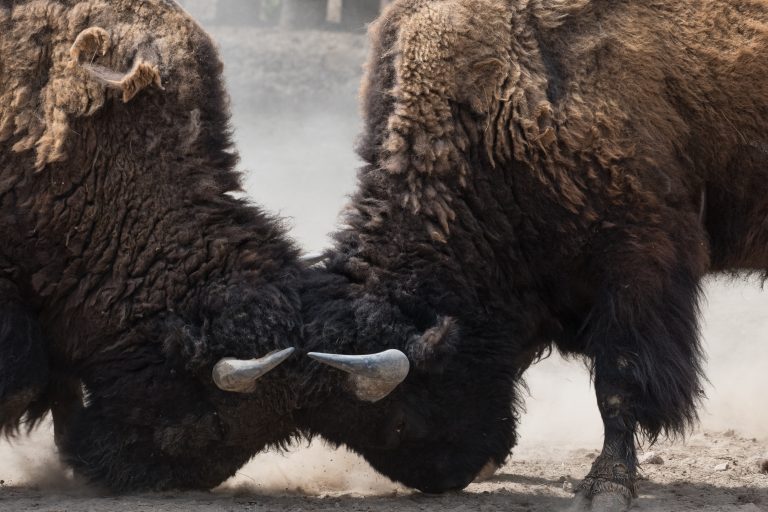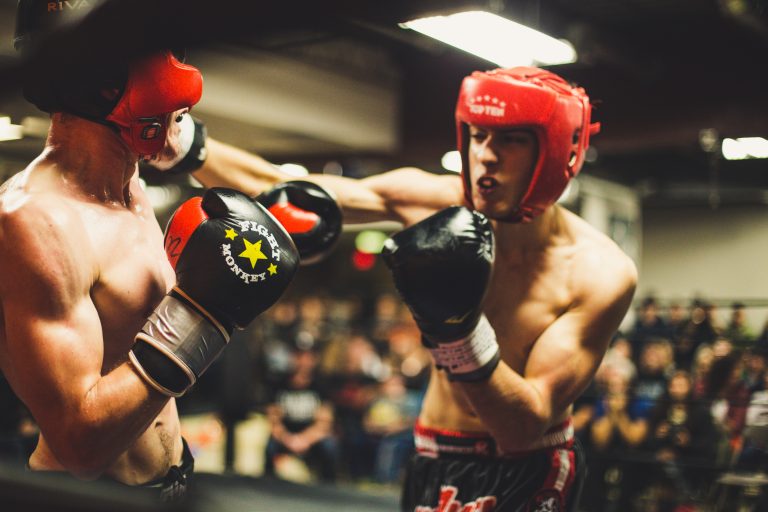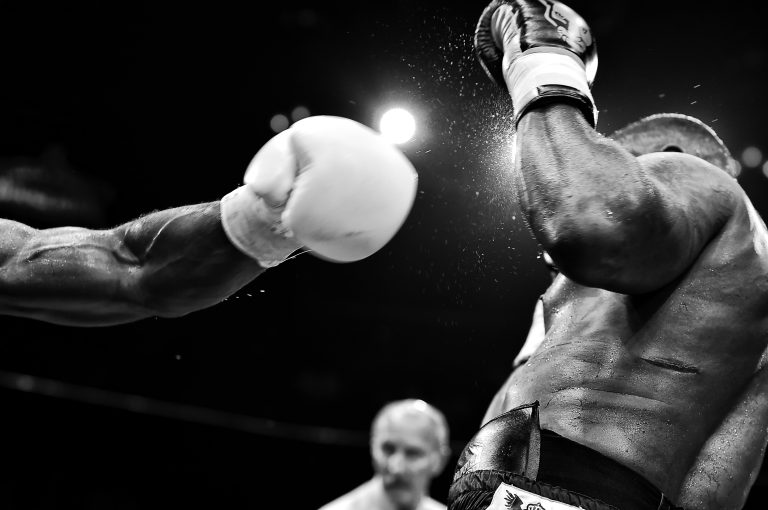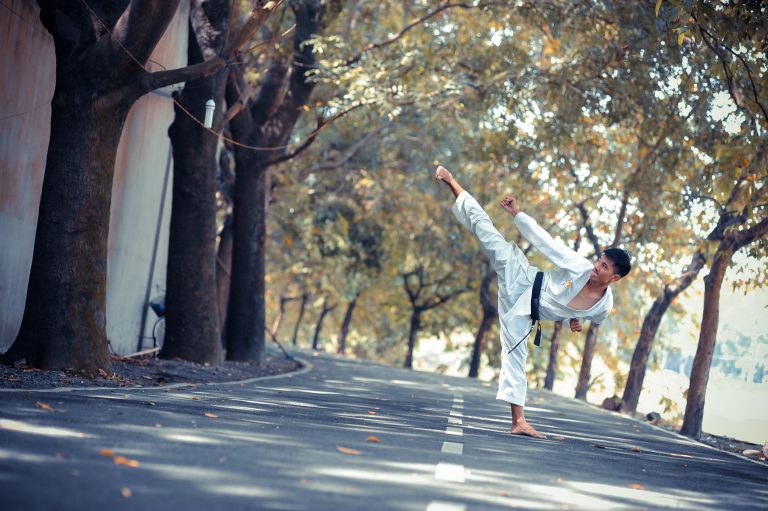What is the Meaning of Karate?
Karate, often labelled as karate-do, is a Japanese martial art that combines striking and blocking techniques, along with grappling, throws and locks. It has been around for hundreds of years and is still popular today. But what does karate mean?
In its long history, the actual meaning of karate has been subject to interpretation. There is no one definitive answer, although some interpretations are more widely accepted than others. To understand the meaning of this popular martial art, let’s look at the etymology of the word and the various interpretations.
Etymology of Karate
Karate is composed of two Japanese words: 唐 (kara), meaning “empty” or “void,” and 手 (te), meaning “hand.” Together they form the phrase karate-dō, which translates as “the way of the empty hand.”
This reflects the empty-handed nature of karate. Compared to weapons-based martial arts—karate does not rely on weapons such as swords or staffs for self-defense; rather practitioners use their own bodies, specifically their hands and feet, to fend off their opponents. Karate emphasises techniques based around strikes and blocks, developed from the traditions of ancient times.
Interpreting Karate
Together with the literal translation “the way of the empty hand,” there are several interpretations of the phrase “karate-dō”. Below, we’ll explore two of the most popular interpretations, one rooted in Confucianism and one based on Chinese Buddhism.
Interpretation #1: Confucianism
The traditional Confucian interpretation of karate holds that it is more than simply a physical fighting system; rather, it is an educational tool rooted in Buddhist and Confucian philosophical concepts. In this interpretation, karate-dō means “the path of enlightening one’s self through dedicating oneself to hard physical training and developing a peaceful spirit.”
The practice of karate is said to teach moral values such as respect, humility and integrity. Purity of thought and dedication to training are also highly valued components. Competition is encouraged as a means to improve one’s own physical and psychological conditioning, but the ultimate goal of karate is to help practitioners become better people through its teachings.
Interpretation #2: Buddhism
The Zen Buddhist interpretation of karate-do is similar to the Confucian interpretation; however, it is more focused on honing both inner and outer elements of one’s self. Much like Confucianism, Buddhism teaches practitioners to be humble and understanding people. However, it also emphasizes developing inner strength through concentration and meditation practices.
Karate is seen as a path towards spiritual enlightenment via physical discipline. In this interpretation, karate-do means “the way of cultivating one’s inner strength through hard physical training, while seeking to cultivate a balanced mind and spirit.”
Conclusion
Karate is a Japanese martial art that has been around for centuries. There are numerous interpretations of what it means to practice “karate-dō”; however, two interpretations stand out: one rooted in Confucianism, emphasizing respect and purity; and another based on Buddhism which focuses on self development through hard physical training while seeking inner strength.
Regardless of which interpretation you choose to follow, karate offers valuable teachings on respect, discipline and courage that can be applied to everyday life. Through its practice comes improved physical fitness, self confidence and mental clarity.
What is the Meaning of Karate? FAQs Answered
Karate is a martial art that has its roots in Okinawa, Japan. The word „karate“ is a combination of two Japanese characters: „kara,“ meaning „empty,“ and „te,“ meaning „hand.“ Therefore, the literal meaning of karate is „empty hand.“ However, there is much more to this ancient martial art than just the meaning of its name. In this post, we’ll answer some of the most frequently asked questions about the meaning and practice of karate.
1. What is the history of karate?
Karate has its roots in Okinawa, a small island in the Ryukyu chain of islands between mainland Japan and Taiwan. During the Ryukyu Kingdom era, the practice of martial arts was prevalent in Okinawa. However, it wasn’t until the early 20th century that karate began to spread beyond Okinawa and gain recognition as a legitimate martial art.
Many legendary karate masters emerged during this time, including Gichin Funakoshi, the founder of Shotokan karate, and Chojun Miyagi, the founder of Goju-ryu karate. Today, karate is practiced worldwide, with millions of practitioners in over 190 countries.
2. What are the different styles of karate?
There are many different styles of karate, each with its unique techniques, training methods, and philosophies. Some of the most popular karate styles include:
- Shotokan karate: founded by Gichin Funakoshi
- Goju-ryu karate: founded by Chojun Miyagi
- Shito-ryu karate: founded by Kenwa Mabuni
- Wado-ryu karate: founded by Hironori Ohtsuka
- Kyokushin karate: founded by Masutatsu Oyama
3. What are the benefits of practicing karate?
Karate offers a wide range of physical, mental, and emotional benefits. Some of the most notable benefits of practicing karate include:
- Improved physical fitness, including strength, stamina, flexibility, and balance.
- Increased self-confidence, self-discipline, and self-esteem.
- Decreased stress, anxiety, and depression.
- Improved focus, concentration, and mental clarity.
- Enhanced problem-solving skills and critical thinking ability.
- Improved coordination, agility, and reaction time.
- Development of lifelong friendships and a strong sense of community.
4. What is the philosophy of karate?
Karate has a rich philosophical tradition that emphasizes personal growth, self-improvement, and respect for others. Some of the key tenets of karate philosophy include:
- Etiquette: showing respect for others, both inside and outside of the dojo.
- Self-control: maintaining poise and calmness in the face of adversity.
- Humility: recognizing one’s limitations and striving for self-improvement.
- Perseverance: never giving up in the face of challenges or obstacles.
- Indomitable spirit: maintaining a strong will and determination, even in the face of difficulty.
5. What are some basic karate techniques?
Karate features a wide range of techniques, including strikes, kicks, blocks, throws, joint locks, and chokes. Some of the most basic techniques include:
- Punches: straight punch, uppercut, hook punch
- Kicks: front kick, roundhouse kick, side kick
- Blocks: inside block, outside block, downward block
- Stances: front stance, back stance, horse stance
- Throws: hip throw, shoulder throw, leg sweep
6. Who can practice karate?
Karate is a martial art that can be practiced by anyone, regardless of age or physical ability. Many karate schools offer classes for children as young as four years old, as well as classes for seniors in their 70s and 80s. It’s important to note, however, that some karate techniques may not be suitable for individuals with certain medical conditions or disabilities. It’s always recommended to consult with a doctor before beginning any new exercise program.
Conclusion
Karate is a powerful martial art that offers many physical, mental, and emotional benefits. Whether you’re a beginner or a seasoned practitioner, there is always something new to learn in the world of karate. By understanding the history, philosophy, and techniques of this ancient martial art, you can deepen your appreciation for its beauty and power, and enjoy the many rewards that come with its practice.
Inhaltsverzeichnis






